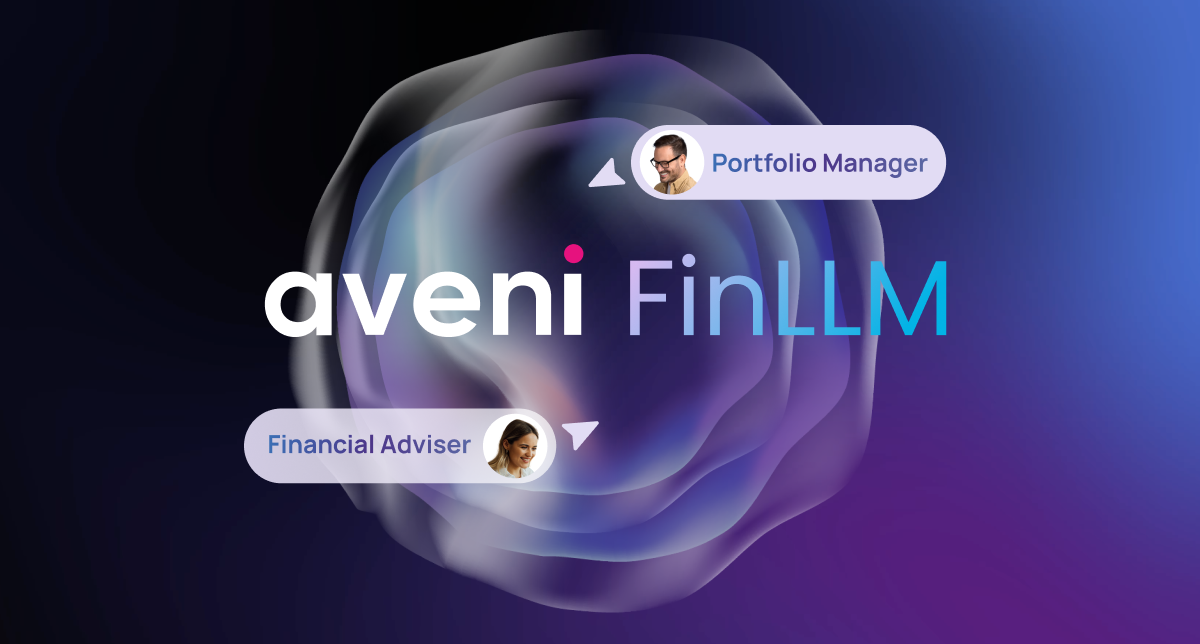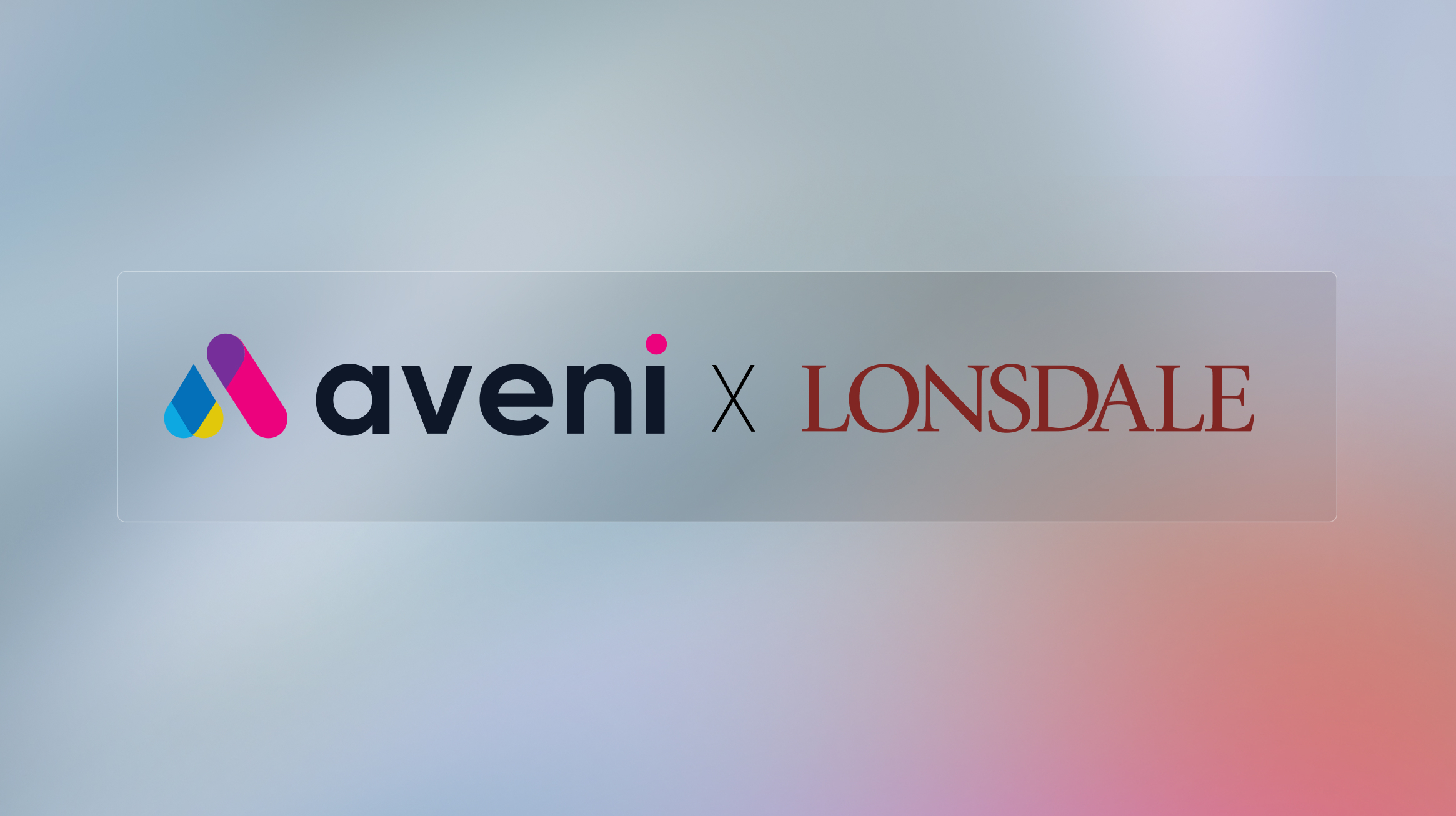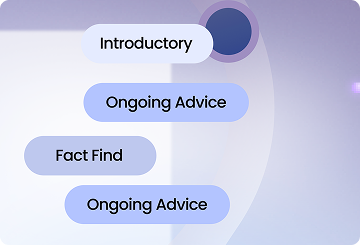We know that there’s a lot to come in the next twelve months. That’s why we asked a popular chatbot what it predicts to be the top 5 generative AI trends in financial services compliance for 2024.
This is what the chatbot predicted:
1. Automated regulatory document review
Generative AI will be used more to quickly analyse and summarise regulatory documents and changes. This helps compliance teams stay on top of evolving regulations.
What we think: This one’s a no brainer. If there’s one thing we know GenAI excels at, it’s processing large amounts of data and summarising it with key words and markers. For example, you can use GenAI to analyse a document to see where it is lacking in the proper regulatory guidelines or terminology.
2. AI-generated compliance reports
Generative AI can create draft compliance reports by analysing data from compliance monitoring. This automates part of reporting.
What we think: We’ve already said it: GenAI is an excellent resource for automating time consuming administrative tasks, whatever form that data takes. AI assistants, like Aveni Assist, can take call recordings, transcribe and highlight the areas pertinent to compliance regulations, so you can see where they’re failing or excelling.
3. Voice of customer analysis for conduct risk
Banks will apply generative AI to analyse customer complaints, social media, etc. to identify potential conduct risks and compliance issues.
What we think: GenAI doesn’t need to be limited to customer phone calls. It can operate on multiple platform interactions, from social media to email, drawing information from all of those sources to create a more detailed, useful profile of a customer, their requirements, risk appetite and vulnerabilities.
4. Automated customer risk assessment
Banks will use generative AI to review customer information and transactions to flag potential risks and suspicious activities for compliance review.
What we think: we already use AI to do this exact task. Our Detect platform works in tandem with quality assurance teams to compile data from call recordings. It transcribes and highlights evidence so assessors can easily refer to their findings and this data can be utilised to build stronger training procedures and higher compliance in the workplace.
5. AI chatbots for compliance queries
Banks will implement AI chatbots and virtual assistants to handle common compliance queries from employees and customers, freeing up compliance staff.
What we think: we know that this is already happening. We see a lot of automated chatbots these days, especially when first reaching out to our online banks. Though they’re currently used to triage customer requirements, as Large Language Models (LLMs) and Natural Language Processing (NLP) grows, we will see more integrated chatbot systems that can support customers in the first instance as helpfully as a human counterpart. And it could be a great internal resource, too! Imagine feeding all of your educational materials into your chatbot, and your teams are able to query it as you do with ChatGPT. It would make your life easier, and your information would be more accurate.
Anything else?
Speaking to Dr Lexi Birch, the Head of Aveni Labs and our expert on all things AI on her thoughts on the top 5 Generative AI trends in financial services compliance for 2024, she had the following to say:
“These all seem broadly accurate. I would say that even though these capabilities are coming, to get there we need to better measure uncertainty. We need to identify failure cases and carefully create machine and human oversight so that no unintended mistakes and biases occur. There will alway be the need for human expertise in improving, guiding and evaluating these systems.”
Whilst each of these focus areas will hugely benefit from the aid of generative AI technologies, we cannot underestimate the importance of keeping a human in the loop. Aveni’s priorities have always been to support human integrity and intelligence with automated programmes so that time consuming tasks are minimised.
People are the heart of the finance industry and remain what’s most important, for customers and corporations alike.






